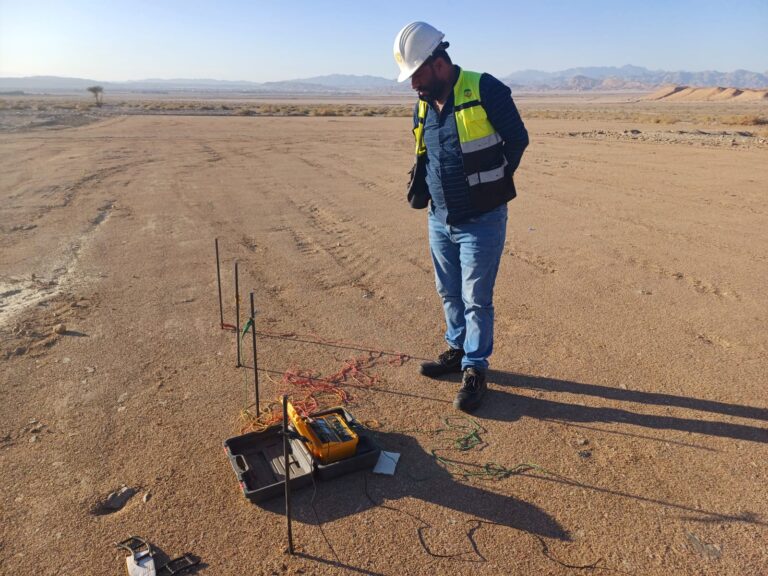0
Soil Testing
Soil testing is critical to help us understand the soil’s properties and ensure that the ground can support structures.
Here’s a list of common soil tests that IGMT Labs Offers:

Zone Load Test (ZLT)
The Zone Load Test is a specific type of field test used to evaluate the load-bearing capacity and settlement characteristics of soil or subgrade materials beneath a pavement or foundation. It is typically used in areas where it is necessary to assess the performance of the soil or ground under various loading conditions.
Soil and Foundation Testing
- Load Testing of Structural Components: This involves applying loads to specific parts of a structure (such as beams, columns, or slabs) to verify their ability to support expected weights without excessive deformation or failure. The “zone” in this context might refer to specific areas of the structure being tested.
- Soil and Foundation Testing: Load tests can be conducted on soil and foundations to determine their load-bearing capacity. This might include plate load tests or pile load tests to assess how different zones of the foundation will perform under load.
- Floor Load Testing: This involves applying loads to specific zones of a floor to ensure it can support the intended use, which might include heavy equipment or large groups of people.
- Bridge Load Testing: For bridges, load zone testing could involve applying loads to different zones of the bridge deck or supports to verify structural integrity and performance under various traffic conditions.
- Dynamic Load Testing: This involves applying dynamic or moving loads (such as vehicles or machinery) to a structure to test its response in specific zones.
Soil Classification Tests
- Atterberg Limits Test: Determines the plasticity and liquidity limits of fine-grained soils.
- Grain Size Distribution Test: Measures the particle size distribution of soil (sieve analysis and hydrometer analysis).
Compaction Tests
- Standard Proctor Test: Determines the optimal moisture content and maximum dry density of soil for compaction.
- Modified Proctor Test: Similar to the Standard Proctor Test but uses a higher compactive effort.
- California Bearing Ratio (CBR) Test: Evaluates the strength of soil and its suitability for supporting roadways and pavements.
Shear Strength Tests
- Direct Shear Test: Measures the shear strength of soil by applying a horizontal force until failure occurs.
- Triaxial Compression Test: Assesses soil shear strength under controlled stress conditions, including unconsolidated-undrained, consolidated-undrained, and consolidated-drained conditions.
Consolidation Tests
- Oedometer Test (Consolidation Test): Measures the rate and magnitude of soil consolidation under a given load.
Permeability Tests
- Constant Head Permeability Test: Determines the permeability of coarse-grained soils.
- Falling Head Permeability Test: Used for fine-grained soils to measure their permeability.
Soil Density Tests
- Field Density Test: Measures the density of soil in the field, often using methods such as the sand cone test or nuclear density gauge.
Soil Strength Tests
- Unconfined Compression Test: Measures the compressive strength of a soil sample without any lateral support.
Moisture Content Tests
- Gravimetric Moisture Content Test: Determines the moisture content of soil by weighing before and after drying.
- Rapid Moisture Content Test: Uses microwave or other rapid methods for determining soil moisture content.
Soil pH Test
- Soil pH Test: Measures the acidity or alkalinity of soil, which can affect the stability and interaction with other materials.
Organic Content Tests
- Loss on Ignition Test: Determines the amount of organic matter in the soil by burning a sample and measuring the weight loss.
Settlement Analysis
- Plate Load Test: Assesses the settlement characteristics of soil under a specified load.
Shrinkage Limit Test
- Shrinkage Limit Test: Determines the moisture content at which the soil changes from a semi-solid to a solid state.
Request Service
Thank you for considering our services. To request a service or get more information, please send us an email with the following details:
